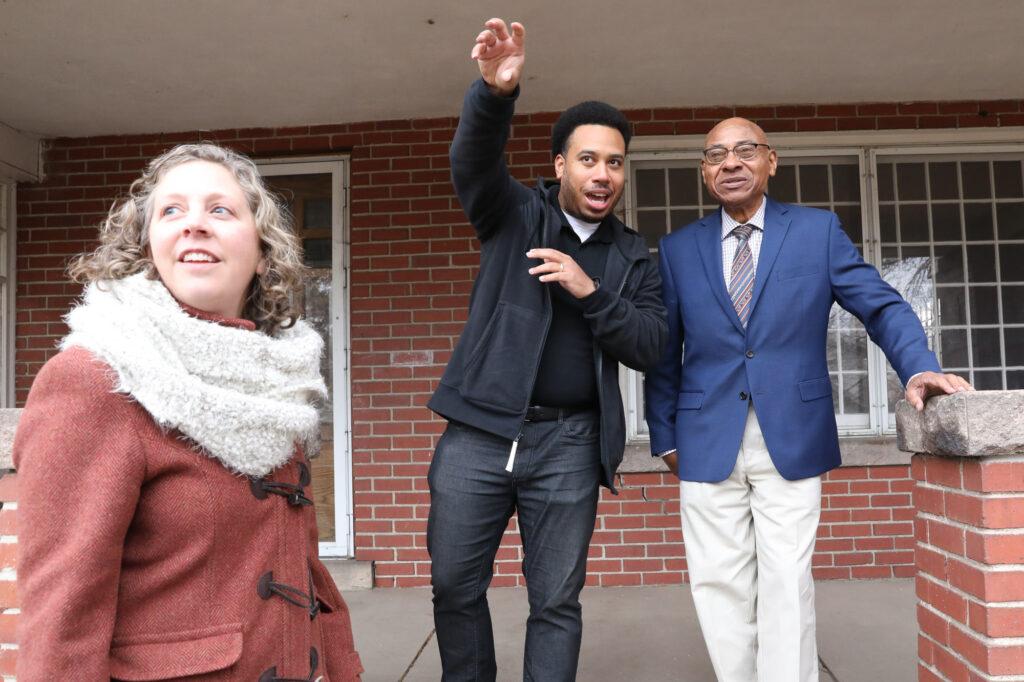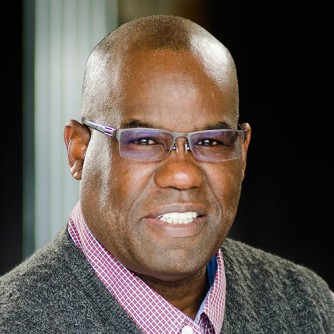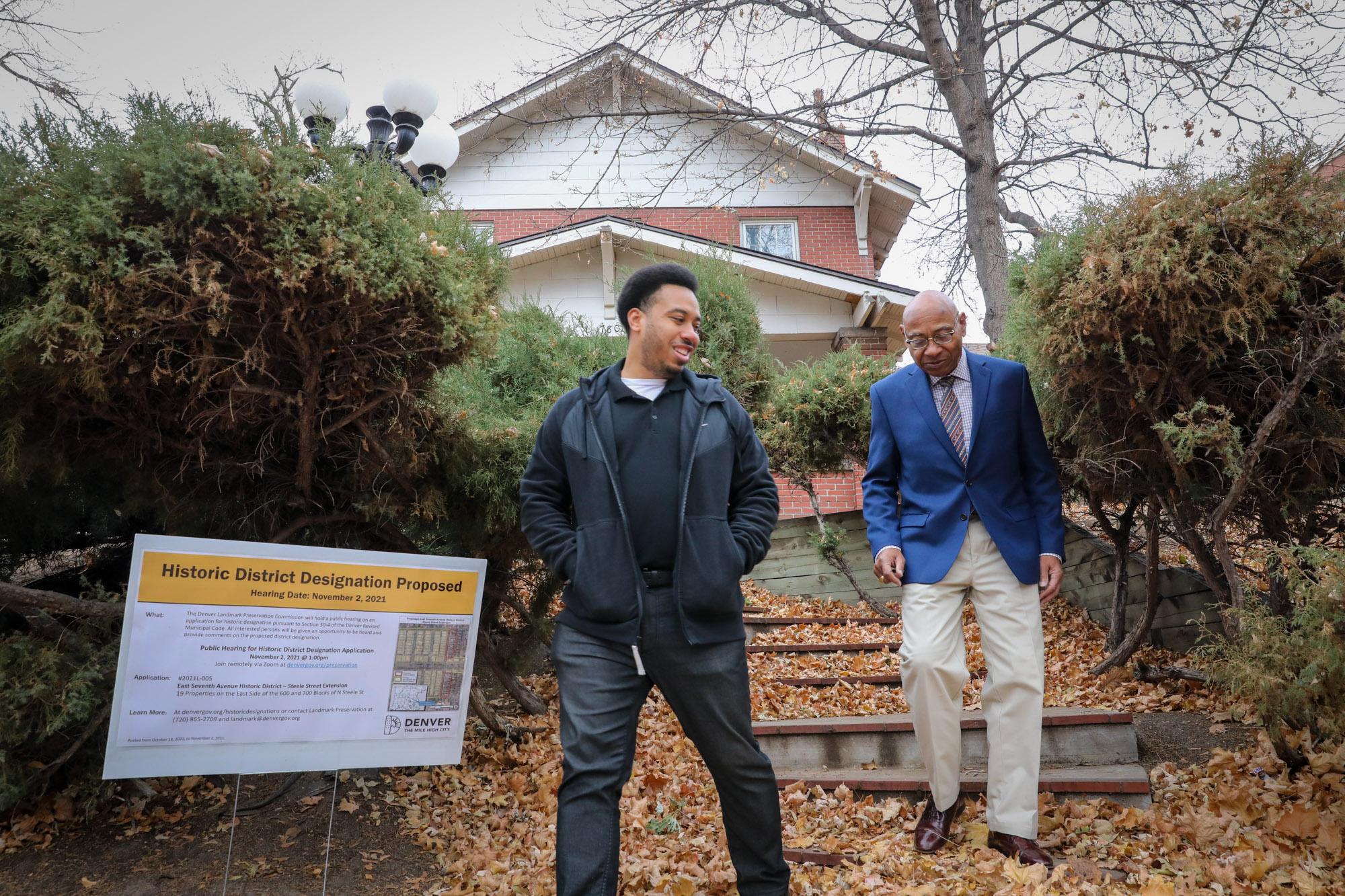
The steps leading up to the front porch at 780 Steele Street in Denver’s Congress Park neighborhood are an intricate maze of geometric shapes: blocks and wedges, twisting and rising from the street up to the front porch.
Pretty to look at, but torturous to shovel.
“The bane of my existence,” Raymond Jones II said.
But eventually, winter’s agony melted into summer and the property bloomed into a field of dreams for the athletic-minded kid.
“The yard was a huge piece of the house for me,” Jones said. He spent many hours practicing baseball and soccer on the expansive lawn, and “literally throwing the ball to yourself and running forever to catch it, or practicing soccer kicks because the yard was so large.”
Creating memories like that are what Jones’ father, also named Raymond Jones, envisioned when he bought the property in 1977.
Last December, the Denver City Council voted unanimously to designate the 600 and 700 blocks of Steele Street a historical landmark. When residents of the neighborhood began that campaign two years earlier, with the help of Historic Denver, a non-profit urban historic preservation organization, they chose the elder Jones — a gentle, unassuming man who was the first Black appellate judge in Colorado — as its focal point.
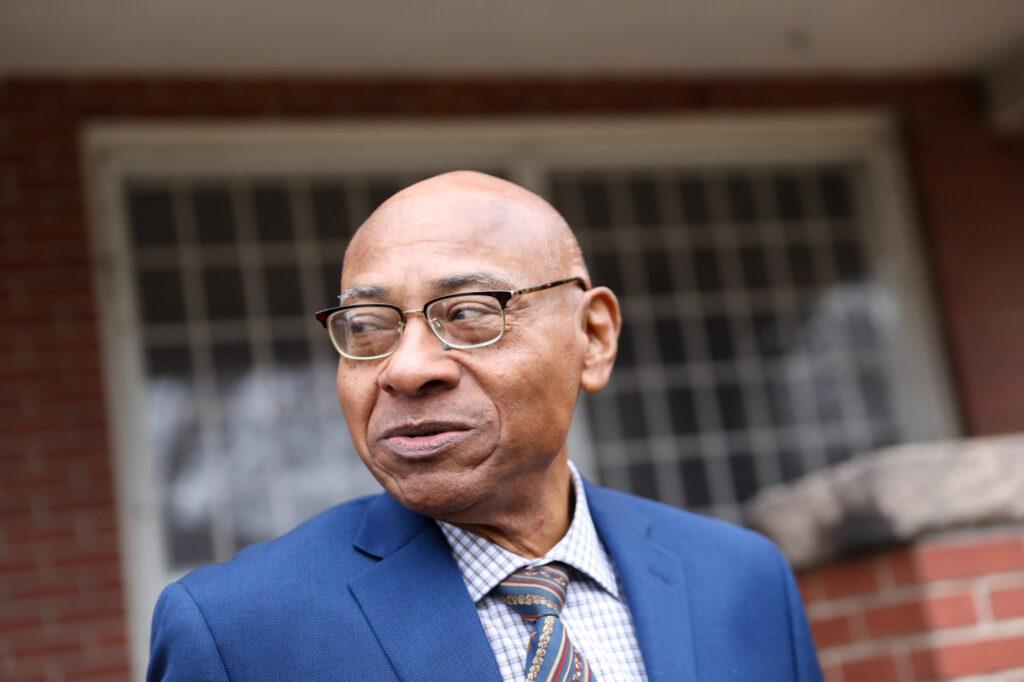
The historic landmark designation to the two blocks on Steele Street encompasses 19 homes. While the stretch also became known as an enclave for Jewish residents and provided shelter for some of the city’s noteworthy families, “it was the story of Judge Raymond Jones, and the community that grew up around these blocks, that got us interested” in pursuing the designation, said Annie Levinsky, executive director for Historic Denver.
Now 76 years old, Jones struggles with dementia and Alzheimer’s disease. Raymond Jones II said that having his former home given historic designation is one way of ensuring that his father’s accomplishments aren’t forgotten.
“Communities like this just don't quite exist as frequently anymore,” the younger Jones said. “I take pride in dad and his experiences and the doors that he kicked open for others, whether it be living in a community that's traditionally white, or the trailblazing he did in the legal community in Colorado.”
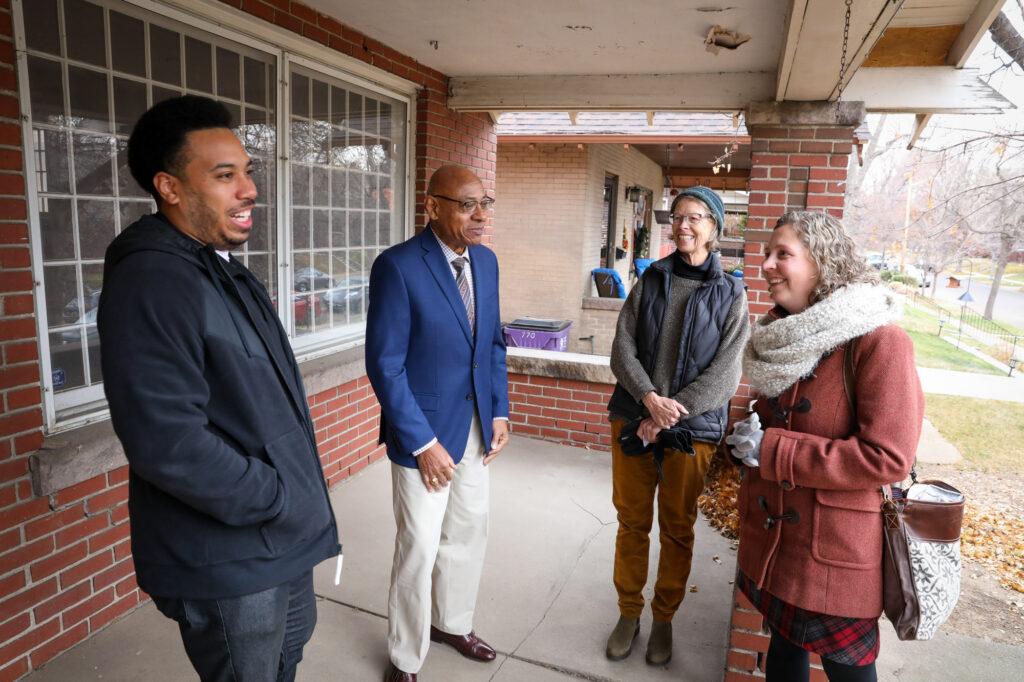
A house to call home
A native of Pueblo, he attended Colorado College where he was just one of five Black students enrolled at the school during his freshman year. Years later, he returned to his alma mater as an instructor, and he also taught at Metropolitan State University of Denver. He somehow managed to find the time to help found the Cleo Parker Robinson Dance Ensemble.
“Dad is a brilliant man,” said the younger Jones. “The things that he has gone through and experienced in his life and overcome are things that you see in movies and you read about in books.”
Jones traveled East for law school, earning a degree from Harvard in 1971. He worked for a time in New York, but soon grew homesick for Colorado and came back home. One of the first orders of business upon his return was finding a place to live.
According to Historic Denver, during the 1960s and 1970s, Steele Street was a “subtle” school boundary, separating whites from other racial and ethnic minority groups. When it came to housing, Congress Park was considered off-limits to Blacks, who were pushed to Denver’s central and northeast neighborhoods for housing.
But Jones had other ideas.
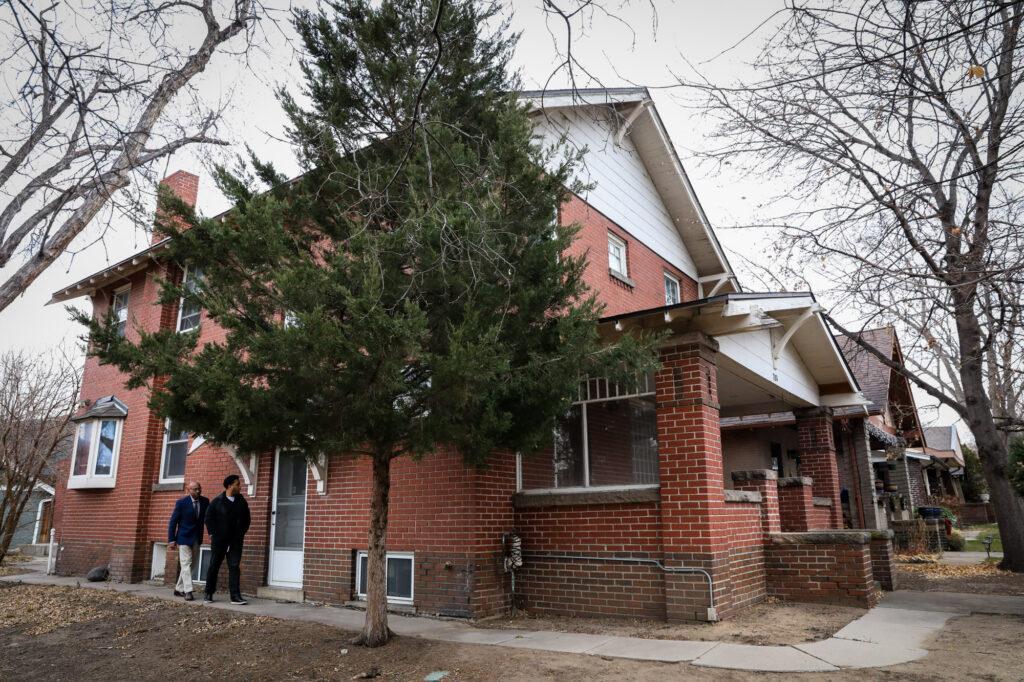
He began driving around the neighborhood after it had been recommended to him. When he saw the house with the big yard at 780 Steele St, he fell in love. “I said, ‘Oh my gosh, I've got to have that,’ Jones remembered. “I knew at some point I was going to get married and I was going to have children and they were going to have lots of room to play and be safe.”
While the home was the big draw, Jones also saw the possibility of having the community of a neighborhood. It was “a place where we could invite neighbors in and invite neighbors over.”
One of those neighbors was Howard Kanoll, who still lives on Steele Street.
“I’d seen him in his black robe,” Kanoll said. “I’d seen him in the neighborhood and wanted to know all about him.” The two families formed a friendship, with Jones and Kanoll becoming frequent tennis partners.
Not everyone was as welcoming as the Kanolls. According to Historic Denver, the police chief at the time, Art Dill, routinely visited the Jones home, often parking across the street or driving his cruiser onto the yard — while telling the Jones’s that they didn’t belong in the neighborhood. Officers allegedly broke into and ransacked the home, stealing property.
At the time, Jones was clerking for Edward Pringle, Chief Justice of the Colorado Supreme Court. When he told the justice about his experience with the police, Pringle “picked up the telephone and called the chief of police and told him, ‘You get that car the hell off of his yard.’ And the next day it was gone.”
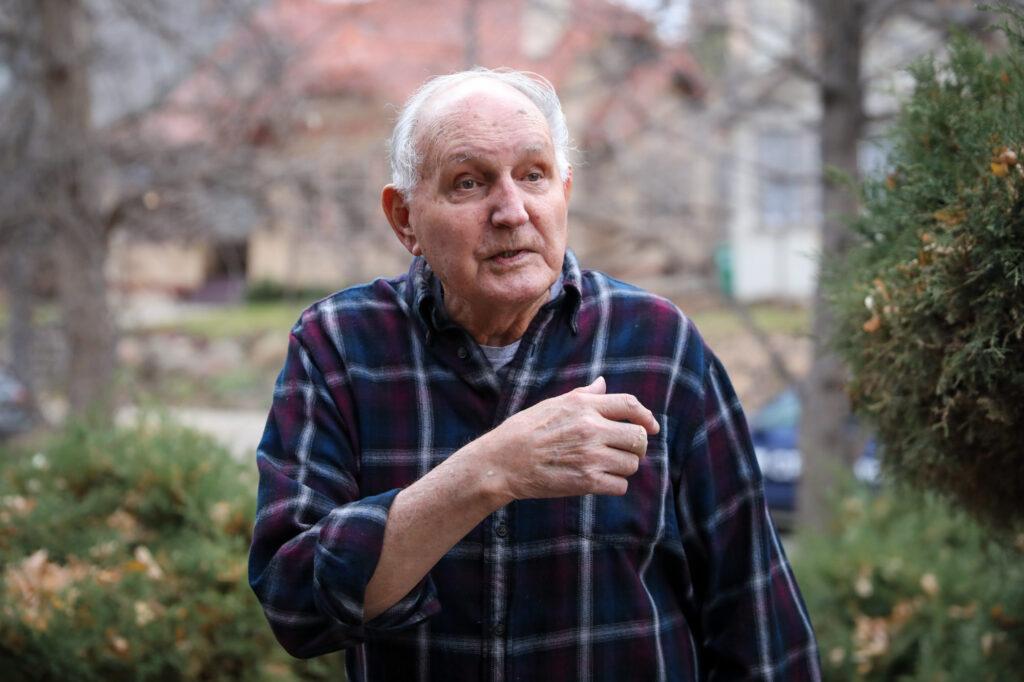
‘To bring peace to people who felt hatred’
That wasn’t the only time Jones had to deal with prejudice. Growing up in Pueblo, he said, the police “were very intentional in doing their work” in the Black community. While a sophomore in college, Jones decided to join the growing civil rights protests in Alabama, hitchhiking his way there.
“My mother, bless her heart, still hasn’t forgiven me,” he chuckled.
Raymond Jones II said he often heard stories of his father’s pilgrimage to the South, with the tales triggering a variety of emotions. Even so, he said, “You've heard [the stories], and you're like, ‘How much of this is exaggeration?’”
One day, the younger Jones came upon a photograph while thumbing through a magazine with a feature story on the civil rights movement in Alabama.
“They actually got dad in the picture. And it was wild to see a picture of your dad when he was only a few years younger than I was,” he said. “It was like, ‘This is real, this really happened,’ and it all hits you and resonates differently at that point.”
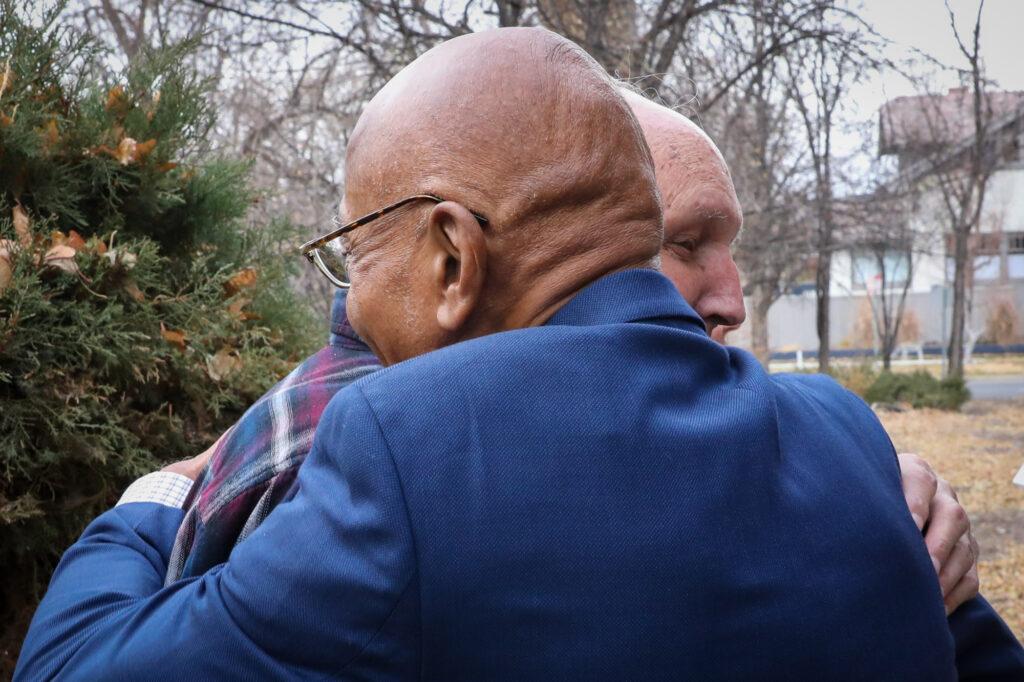
But the experience of living through the movement played a crucial role in shaping Raymond Jones’ career in law.
“It was like having an entire library [of historical events] happen in front of you,” said the elder Jones. “I couldn't believe that American people were treating American people the way I was seeing them being treated … I just knew I was going to have to live a life that, in my own cubicle of existence, I could reach out and help people and try to bring peace to people who felt hatred.”
Over the 40 years that the family lived in the house on Steele Street, Raymond Jones followed that instinct, serving 32 years as a judge. He spent half of his tenure on the state’s court of appeals, where he wrote more than 1,400 opinions (only three were overturned).
“When I moved to the bench in Colorado, I knew I was going to use the law to turn people’s attitudes around, to help them understand that there is something unique and similar in each of us,” he said. “And that you can't beat that out of them.”
